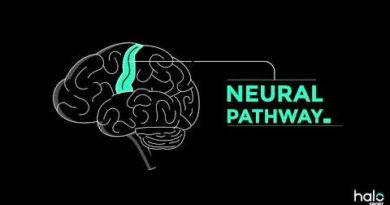GROWING MINDSET IN STUDENTS: THE REAL CHALLENGE.
Sometimes, simple ideas make the difference.
Mindset is a basic idea by world- renowned Stanford psychologist Carol Dwek. There are basically two types of mindsets to approach learning, problems and life itself.
People with a fixed mindset tend to think that our qualities as humans are fixed traits that cannot be altered. In this view, fixed mind setters usually face challenges with the idea that the level of intelligence one has been born with cannot change. The results of a fixed mindset are usually harmful, since they are conditioned by the limits of a negative perspective of the own potentialities. Similarly, in a fixed mindset there is the wrong belief that talent alone can lead to success, even without effort. This is obviously wrong.
On the other hand, a growing mindset lead people to think that learning and intelligence can improve, just like our muscles when we train a sport; and all we have to do believe that intelligence and talents cannot only be discovered, but also developed. In other words, through effort and hard work, we can all achieve our goals.
In the teaching context, it is absolutely vital to foster growth mindset due to a simple reason: children who are guided towards this mindset are released from the pressure that prospective error can cause; and in turn, they start perceiving new situations as challenges more than threats.
Embracing problems as opportunities to learn means opening a vast array of windows for children to develop a taste for learning and, what is more important, to embrace “resilient learning” as a normal attitude. Given this, the question at stake is evident: Can we instil a growth mindset in our students? In what follows, we suggest some practical hints:
- Get children to discover their strengths and weaknesses; it is a paramount part of the process to get them rely on the former and overcome the latter.
- Create a pleasant classroom environment, so that children feel no fear to committing mistakes and can embark on challenges, seen as possibilities to learn and have fun.
- We should not praise intelligence, but rather sheer effort.
- Devise varied teaching strategies and materials in order to meet all possible intelligences in the group.
- The introduction of gamification procedures is without a shadow of a doubt one of the cornerstones in developing a growth mindset.
- Get them to accept error as a natural and unavoidable step prior to success, thinking of learning as “brain training”.
- Reward the value of challenge pushing them out of their comfort zone, praising active participation in learning challenges through problem-based learning (PBL).
We cannot bring this article to and end without stressing the decisive role of a growth mindset when it comes to arouse and maintain motivation, which in the end, is the real driving force towards success.
Video by Sprouts.




